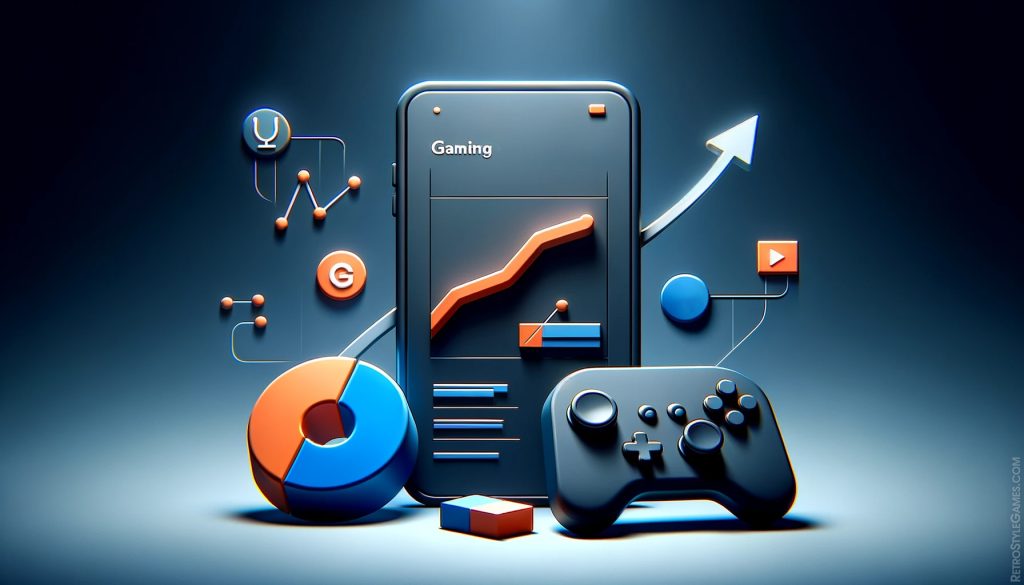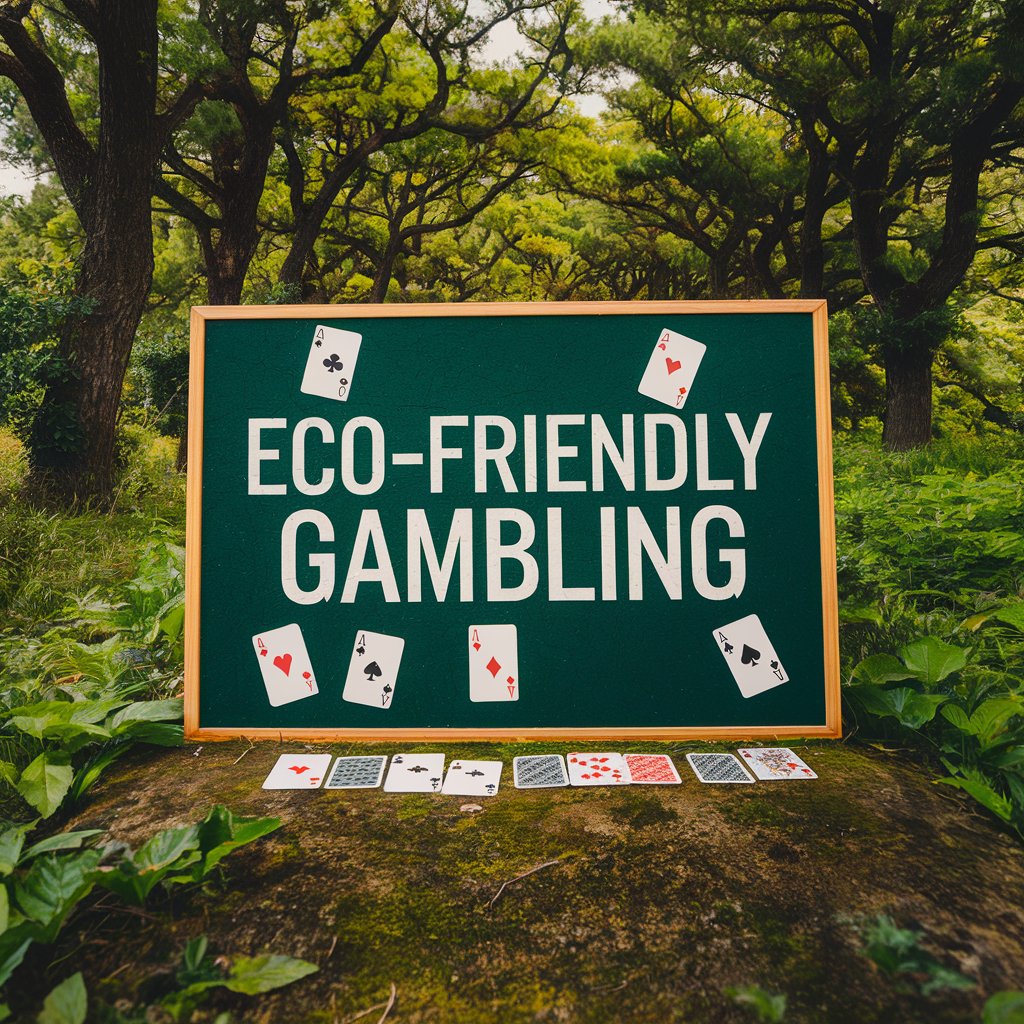The video game industry is highly competitive and to stand out, developers need to use all the tools at their disposal. Branding is a surprisingly effective method among these and can play a significant role in differentiating a game from the rest. This applies to all industries to a certain extent: for example, what sets Hit n Spin apart from other iGaming sites is that it has become a brand in its own right. So, what role does branding play in the video game industry and what does it actually do? Below, we will answer these questions.
Brand Identity Brings Recognition and Loyalty
A strong brand design brings recognition first and foremost. For example, each of Nintendo’s games is remembered primarily for its own brands. The Mario, Metroid Vania, and Zelda series are global brands that any gamer can recognize at a glance. Such recognition also brings player loyalty. For example, just because it carries the “Mario” brand, you can be sure that every game released in this series will sell a certain number of copies.
This also applies to brands such as Call of Duty, World of Warcraft, and League of Legends. Call of Duty is such a recognized brand that despite the release of a new game every year, it sells (literally) millions. This is a good example of how brand recognition brings player loyalty (and guaranteed sales).
Branding will also create an emotional bond between players and the game. In addition to increasing sales, this can also enable a game to interact very effectively with its community. Such interaction can instantly elevate even previously unheard-of studios to the A-tier.
Among Us is a good example of this. Likewise, Minecraft is among the brands that have grown very quickly through community interaction. The community-driven gameplay of these titles has increased the interaction established with players, created an emotional bond, and fostered brand loyalty—an aspect often studied in a video game design degree when analyzing player engagement and game longevity.
What Makes Branding Effective?
While it is undeniable that branding is beneficial, these benefits are not things that can be achieved with “any” brand. In other words, it will not be possible to achieve the advantages that come with branding with just an eye-pleasing design. This is a process that requires even the mechanics and features of a game to be taken into consideration, and for effective results, the following should be taken into account:
- Visual Style: This is not just about the game logo. Although the logo is one of the most important things in visual style, color schemes and character designs should also be taken into consideration. The style should be unique, reflect the vision of the game, and be different enough for the players to instantly recognize.
- Story: The story of the game should also be used in the branding process and the narrative elements it contains should be made a part of the overall design. The marketing department can organize campaigns that will directly interact with the player communities using these narratives and the use of story elements can make the visual style more original.
- Sound: Every world-renowned brand has a melody that is identified with it: a certain game comes to mind the moment you hear it. Therefore, the sound design, which is an element that can be easily skipped, should also be made a part of the branding. This can be a melody or a line from the characters in the game (like the “going dark” line from the Call of Duty series).
Of course, the branding process requires much more than these, but these are always the essential features. Companies that want to develop a brand that is easily recognized, creates loyalty, and connects with the community must pay attention to all of these elements.
Challenges in Branding
The first challenge companies will face is that competition is much more intense today. Creating a brand is much harder than it used to be, and you really need to be innovative to create something truly different. Gamers have seen many different brands and designs for decades. Surprising them and keeping them interested is not an easy task.
But even if you have no problem with creativity, evolving trends will still present you with challenges. This means that you can’t just make one design that works and rely on it for the long term. Your brand and vision must be constantly updated and changed to adapt to new trends. For example, World of Warcraft changes its logo design and color palette almost completely with every expansion pack. In order to compete, you have to do the same. This means that you have to update your vision regularly & constantly and start the branding process from scratch. This could be challenging even for large companies and much harder for small and medium-sized ones.






